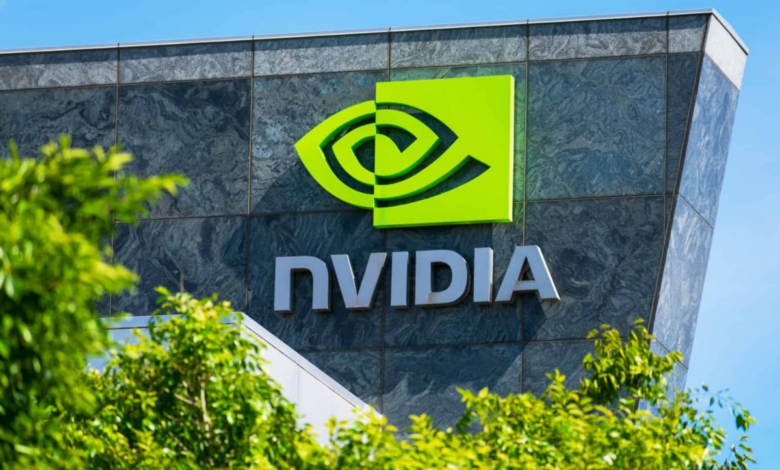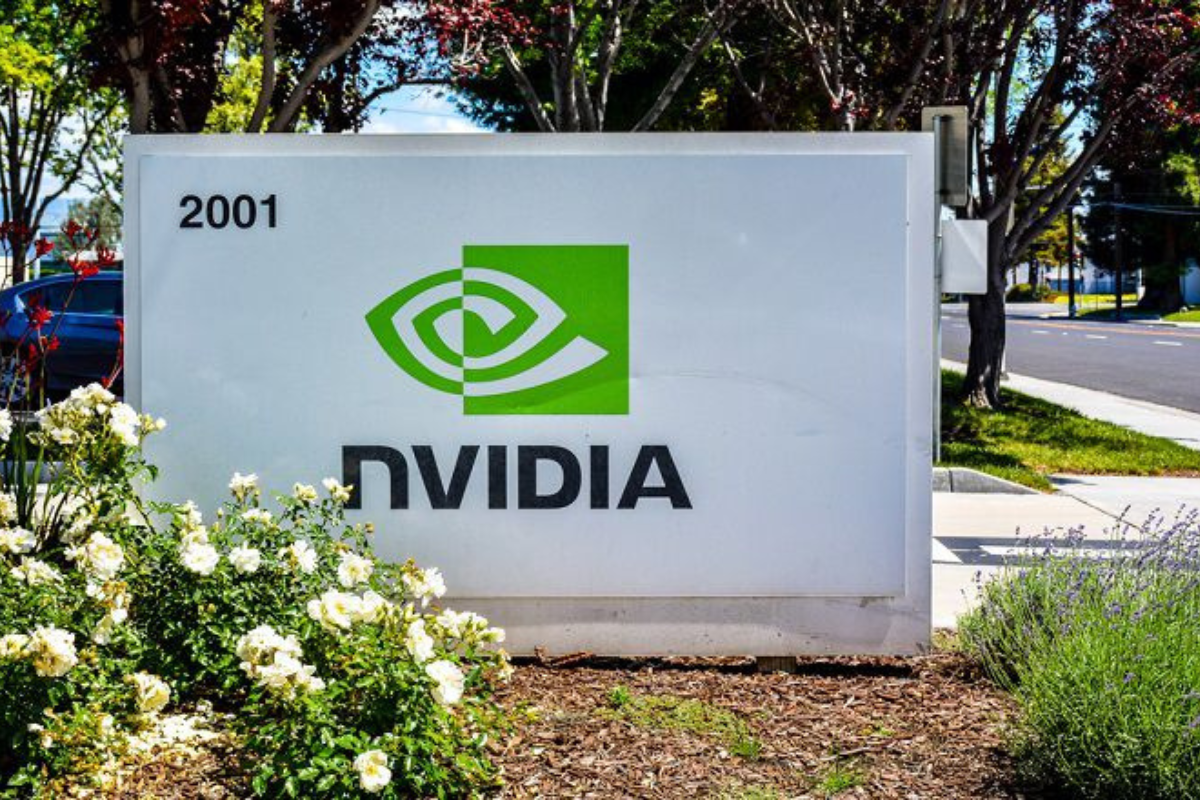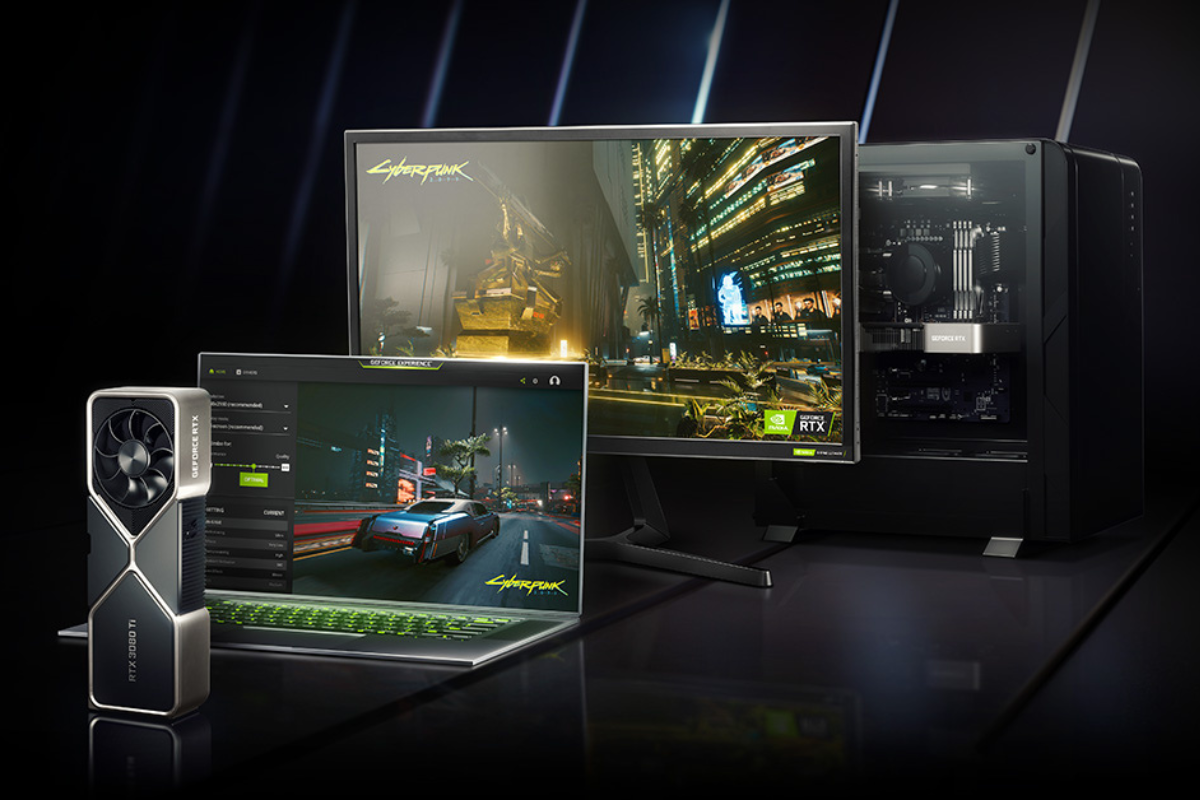Nvidia Breaks Records: Adds $220 Billion to Market Value in Just 2 Months.
Surge in Demand for Nvidia's GPUs Drives Unprecedented Growth in Gaming and Cryptocurrency Markets.

Nvidia Breaks Records: Adds $220 Billion to Market Value in Just 2 Months.
Over the past couple of months, technology company Nvidia has seen an incredible surge in its market value, adding a whopping $220 billion in just two months.
This has been driven largely by the demand for Nvidia’s graphics processing units (GPUs) in the gaming and data centre markets, as well as a significant increase in demand for GPUs for cryptocurrency mining.
Nvidia’s stock price had been steadily climbing throughout 2020, but it really took off in early 2021 as the company continued to report strong earnings and revenue growth. This growth has been especially notable given the challenges faced by many companies during the COVID-19 pandemic.
Nvidia’s GPUs are used in a wide range of applications, from gaming and graphics design to artificial intelligence and scientific computing.
With its market value surging to new heights, Nvidia is well-positioned to continue leading the way in the tech industry and driving innovation in these fields.
All about Nvidia: its history and struggles and current position in the Industry.

Nvidia Corporation is an American technology company that specialises in designing and manufacturing advanced graphics processing units (GPUs) and other computer-related products.
The company was founded in 1993 by Jensen Huang, Chris Malachowsky, and Curtis Priem, all former employees of Sun Microsystems and has since grown to become one of the world’s largest and most successful technology companies.
Nvidia is headquartered in Santa Clara, California, and has offices and operations in countries around the world.
The founders, back then, recognized the potential for GPUs to be used for more than just gaming and set out to create a new company that could provide high-performance computing solutions to a wide range of industries.
Nvidia’s first product, the NV1, was released in 1995 and was a graphics accelerator designed for the PC gaming market. However, it was not successful due to its high price point and limited compatibility with popular games.
Today, it’s graphics processing technology is widely used in industries such as gaming, scientific research, artificial intelligence, data centres, and automotive computing.
The company is also involved in the development of other products such as system-on-a-chip units (SoCs) and mobile processors.
It’s Journey and struggles throughout.
After the initial failure of the NV1, Nvidia shifted its focus to the professional graphics market, releasing the RIVA 128 in 1997.
This product was a commercial success, helping the company to establish a strong reputation for high-quality graphics processing.
The company continued to innovate and expand into new markets, including mobile devices and automotive computing.
In 2011, the company released its first mobile processor, the Tegra 3, which was used in a range of tablets and smartphones.
However, Nvidia faced stiff competition from companies like Qualcomm and Intel in this market.
One of the biggest struggles Nvidia faced was during the early 2000s when the company was accused of antitrust violations by the Federal Trade Commission (FTC).
The FTC alleged that it had engaged in unfair business practices by withholding important technical information from its competitors, which gave Nvidia an unfair advantage in the market.
It settled with the FTC in 2004, agreeing to provide more open access to its technology.
It’s current Position in the Industry.

Today, Nvidia is a dominant player in the GPU market and has expanded into new areas such as artificial intelligence and data centre computing.
The company’s GPU technology is widely used in gaming, scientific research, and other fields that require high-performance computing.
In 2020, they announced their intention to acquire Arm Holdings, a leading semiconductor design company, for $40 billion. This acquisition is expected to help Nvidia expand its presence in the mobile and IoT markets.
It has also made significant investments in AI technology and has developed several AI-focused products, including the Nvidia DGX system, which is designed for deep learning applications.
The company has also partnered with leading tech companies such as Microsoft, Google, and Amazon to develop AI solutions for cloud computing and other applications.
It’s success has made it one of the most valuable companies in the tech industry, with a market capitalization of over $450 billion as of 2021.
Major Competitors of Nvidia.
Here are some of the major competitors and their revenue for the most recent fiscal year:
1. Intel Corporation: Intel is one of the world’s largest semiconductor companies and a major competitor of Nvidia in the data centre and artificial intelligence markets. In 2022, Intel reported revenue of $63.05 billion.
2. Advanced Micro Devices (AMD): AMD is a leading manufacturer of GPUs and CPUs for gaming and high-performance computing, and a major rival in the graphics market. In 2022, AMD reported revenue of $23.6 billion.
3. Qualcomm: Qualcomm is a leading developer of mobile processors and wireless technologies, and a major competitor in the mobile computing market. In 2022, Qualcomm reported revenue of $42.95 billion.
4. IBM: IBM is a major player in the data centre and cloud computing markets, and a competitor of Nvidia in the development of AI solutions. In 2022, IBM reported revenue of $60.5 billion.
5. Amazon Web Services (AWS): AWS is a leading provider of cloud computing services and a competitor of Nvidia in the development of AI and machine learning solutions for the cloud. In 2020, AWS reported revenue of $80 billion.
6. Broadcom: Broadcom is a leading semiconductor company that produces a range of products, including network processors, storage controllers, and wireless chips. Broadcom competes with Nvidia in the data centre market and has also acquired several companies in recent years to expand its offerings in AI and machine learning. In 2022, Broadcom reported revenue of $33.20 billion.
7. Samsung Electronics: Samsung is a leading manufacturer of mobile devices and semiconductors and competes with Nvidia in the mobile computing market. Samsung produces its own line of mobile processors and GPUs, and also develops AI solutions for its products. In 2022, Samsung reported revenue of $233.13 billion.




